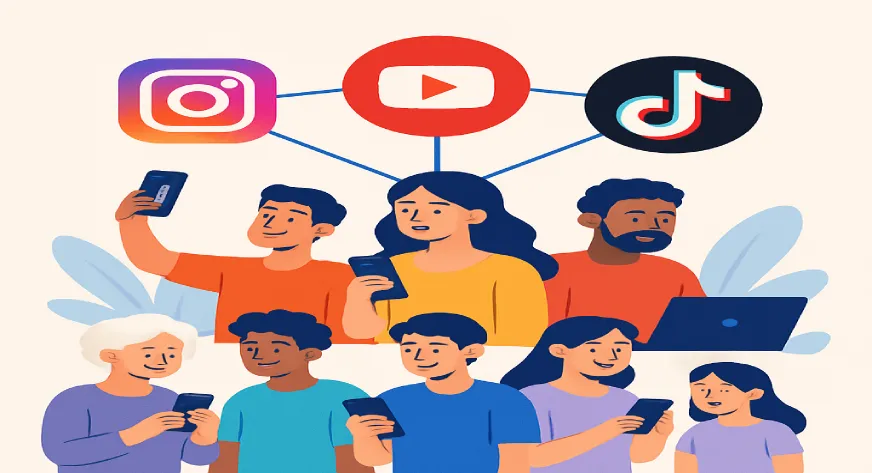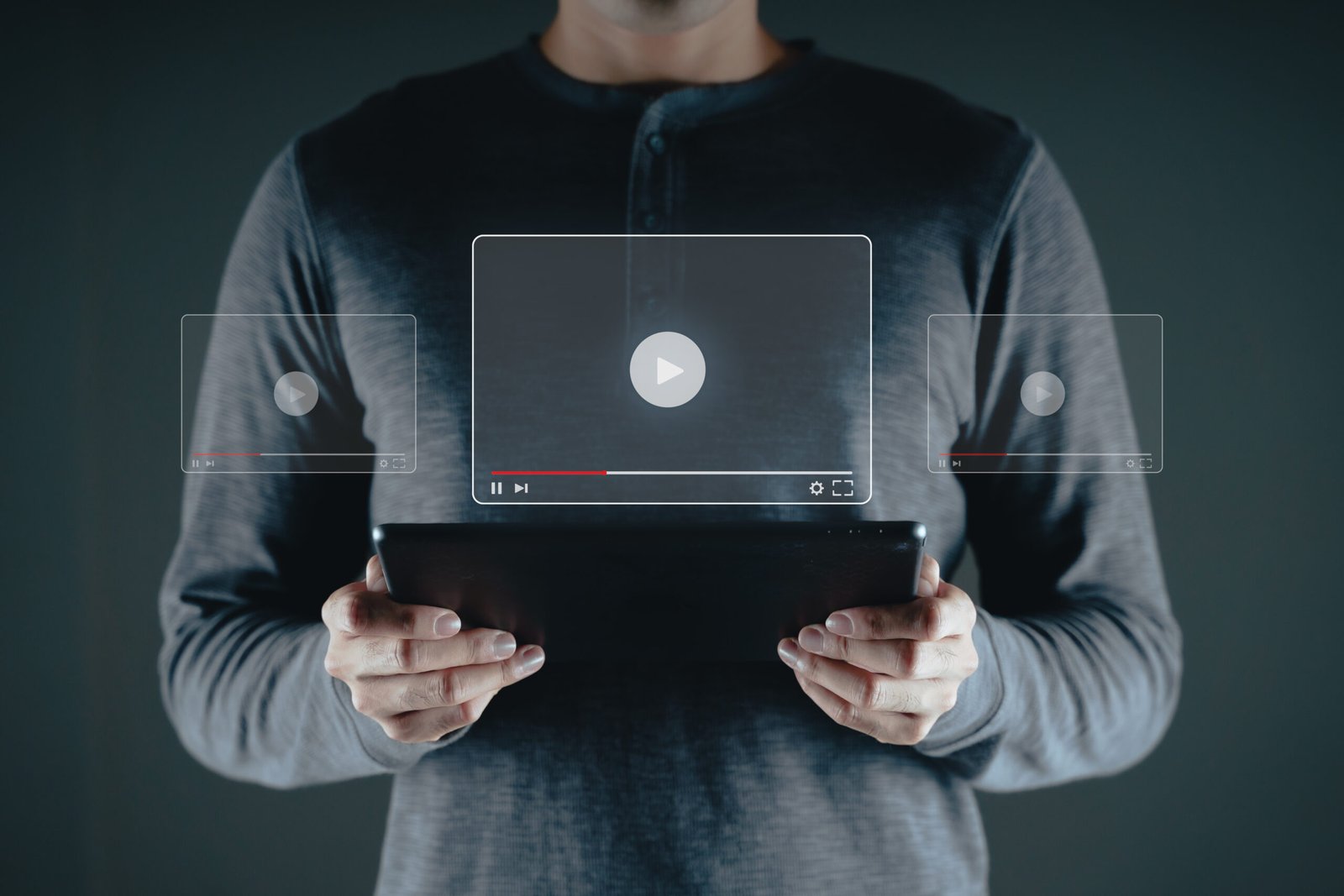A brand ambassador program is a great way to turn loyal customers or influencers into advocates who actively promote your brand. When done right, it not only boosts visibility but also builds trust and long-term engagement. A well-planned brand ambassador program helps brands grow through genuine recommendations instead of paid ads alone.
With the right strategy, ambassadors can share your story with authenticity, bringing in more followers, leads, and sales. Whether you’re working with social media influencers or loyal customers, understanding how to structure your program is key to making it successful.
Set Clear Goals

Before inviting anyone to join your ambassador program, define what you want to achieve. Goals guide your actions and make it easier to measure success.
Tips:
- Decide if your priority is sales, engagement, or brand awareness.
- Set measurable objectives like a target number of referrals or clicks.
- Align program goals with overall marketing strategy.
- Determine the timeline for achieving each goal.
- Communicate goals clearly to your ambassadors to ensure everyone is on the same page.
Example: A fashion brand might aim to increase online sales by 15% over three months using a mix of influencer and loyal customer ambassadors.
Choose the Right Ambassadors For Program

The success of your program depends heavily on the people you choose to represent your brand. Picking the right ambassadors ensures your message reaches the right audience in an authentic way. Ambassadors should genuinely believe in your products or services, because passion is contagious and audiences can sense it.
Tips:
- Look for genuine alignment: Choose ambassadors whose values, content style, and interests match your brand. For example, a sustainable fashion brand should partner with eco-conscious influencers.
- Consider audience engagement: Don’t focus only on follower count. Micro-influencers with highly engaged audiences can generate better results than more famous influencers with low interaction.
- Include loyal customers: Sometimes your most effective ambassadors are your everyday customers. They already love your brand and can share authentic experiences.
- Check past performance: Review potential ambassadors’ previous collaborations to see how their audience responds and whether they maintain professionalism.
- Ensure consistency: Ambassadors should have a consistent posting schedule and reliable communication habits to maintain program momentum.
Example: A fitness apparel brand partnered with micro-influencers who regularly post workout routines. Their content was genuine, and the engagement rate was higher than partnering with celebrities who had millions of followers but low interaction.
Also Read, How to Execute Cross-Platform Influencer Campaigns?
Plan Rewards and Incentives

Motivation keeps ambassadors active. A mix of monetary and non-monetary rewards works best.
Some rewards and incentives, we can provide:
- Performance-based cash rewards or commissions: Reward ambassadors for hitting engagement targets, driving sales, or generating leads. This gives a tangible reason to stay active and achieve goals.
- Free products or exclusive merchandise: Sending ambassadors your products or special merchandise not only rewards them but also helps them create authentic content around the items.
- Public recognition: Highlight top performers on your social media channels or newsletters. Public acknowledgment boosts morale and creates a healthy sense of competition.
- Early access to new products or services: Giving ambassadors a first look at launches makes them feel special and encourages them to share exciting content with their audience.
- Tiered rewards for long-term commitment: Consider creating levels or tiers in your program. Ambassadors who stay active and perform consistently over time can unlock bigger rewards, fostering loyalty and ongoing participation.
Example: A fashion brand ran a brand ambassador program where top ambassadors received a mix of commissions, exclusive early-access collections, and social media shoutouts. Those who stayed active for six months earned higher-tier rewards like VIP event invites. This approach kept ambassadors motivated and consistently engaged in promoting the campaign.
Provide Tools and Resources

Make it easy for ambassadors to create content and promote your brand effectively.
Tips:
- Share branded images, logos, and banners.
- Provide content templates for posts or stories.
- Offer tracking links or dashboards for performance monitoring.
- Conduct short training sessions or Q&As.
- Give guidance on storytelling that fits the brand.
Example: A small e-commerce brand created a one-page guide with examples of Instagram posts and captions, making it simple for ambassadors to start sharing.
Launch and Communicate

Once your ambassadors are selected and briefed, it’s time to officially launch your program. A smooth, well-communicated launch sets the tone for the campaign and motivates ambassadors to give their best. Communication is the backbone of a successful brand ambassador program ,it keeps everyone aligned and ensures that your program runs without confusion.
Tips:
- Kick-off meeting or call: Host a short virtual meeting or call with all ambassadors to introduce the program, explain goals, and answer questions. This helps build excitement and clarity.
- Share a welcome kit: Include brand guidelines, campaign goals, content ideas, hashtags, and any necessary assets in a clear, organized format. Ambassadors should feel confident about what’s expected.
- Set up regular check-ins: Schedule weekly or bi-weekly check-ins to discuss progress, share feedback, and address any challenges. Regular communication keeps momentum going.
- Provide clear communication channels: Use WhatsApp groups, Slack channels, or email threads where ambassadors can ask questions, share content drafts, or exchange tips. Open channels make collaboration smoother.
- Celebrate milestones: Recognize ambassadors’ achievements, such as hitting engagement goals or completing their first posts. Positive reinforcement keeps motivation high and encourages consistent participation.
Example: A skincare brand launched its ambassador program with a live Zoom call introducing the brand story and campaign objectives. Each ambassador received a digital welcome kit, and the brand created a WhatsApp group to share tips and updates. Celebrating each post milestone publicly in the group helped maintain enthusiasm and participation.
Also Read, What are Challenges facing while do Influencer Marketing
Track Performance

Tracking results ensures your program is effective and allows for timely adjustments.
Tips:
- Use metrics like clicks, sales, and social engagement.
- Track each ambassador’s performance individually.
- Compare results against your goals regularly.
- Adjust rewards or guidance if performance dips.
- Celebrate wins and share insights with the ambassador team.
Example: A beverage brand tracked referral links shared by ambassadors. Top performers received additional incentives, motivating others to post more frequently.
Wrapping Up
A well-executed brand ambassador program can bring authentic promotion, loyal advocacy, and measurable growth for your brand. By setting goals, choosing the right ambassadors, providing clear guidelines, and tracking performance, brands can create a system where everyone wins.
Remember to keep ambassadors motivated with rewards, resources, and regular communication. With these steps, your program becomes more than just marketing. It turns into a network of passionate representatives who genuinely care about your brand and its success.
Managing ambassadors and tracking their performance can be a lot to handle. Platforms like Neo Trendly from WebWorks Co. make it simpler by consolidating links, campaigns, and earnings in one smart profile. It’s designed to help creators and brands work together smoothly while keeping everything organized behind the scenes.







